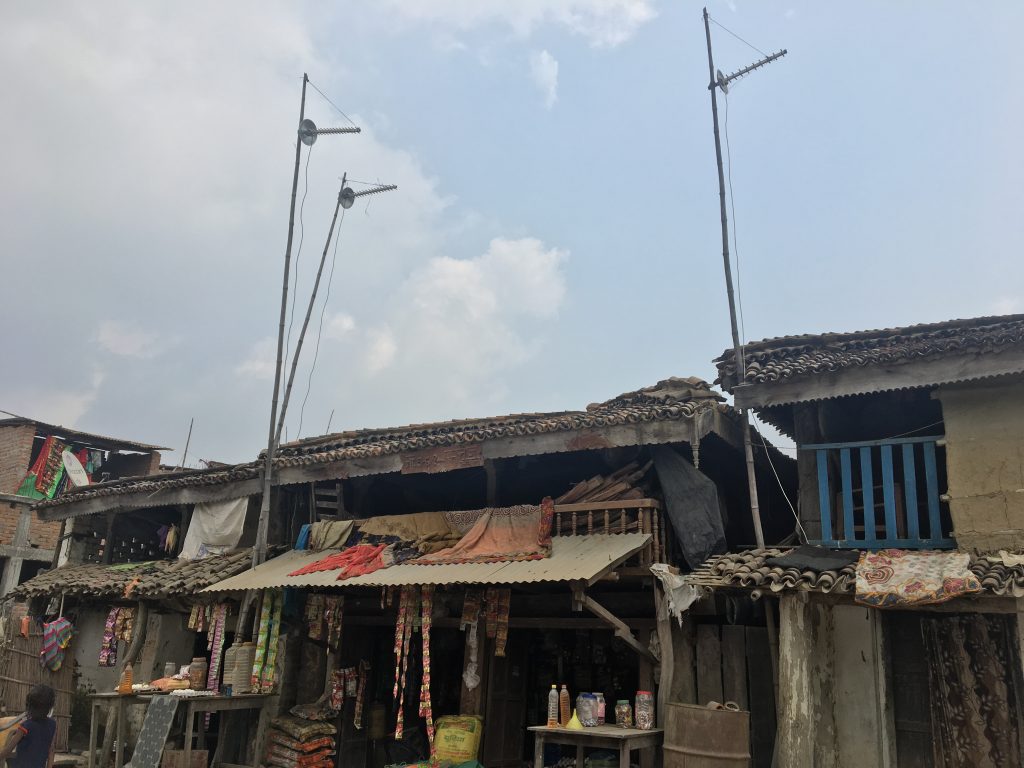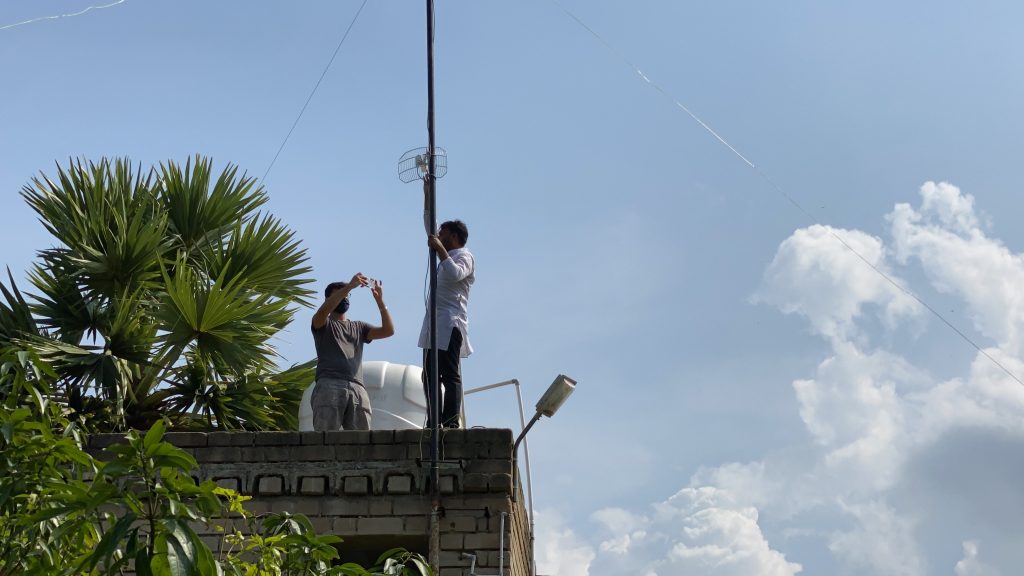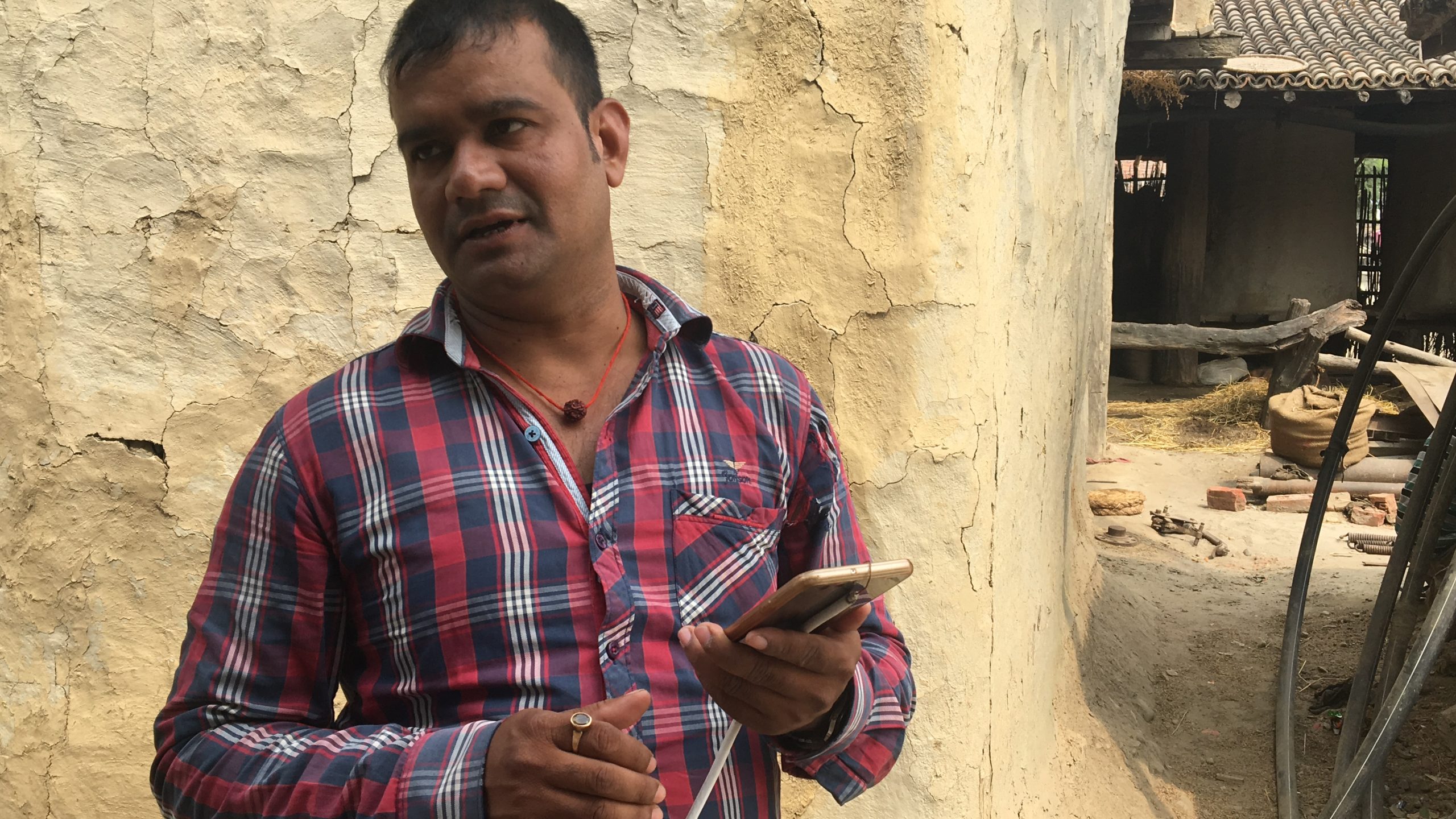The Digital Empowerment Foundation believes building community networks is something everyone can do. And people are doing it.
Internet connectivity may be important for our global society, but in rural India it’s a luxury not many villages have access to. Osama Manzar, the founder of the Digital Empowerment Foundation, has spent the last decades trying to change that. The former journalist turned digital developer works to create equity in Internet in India.
In many parts of the world, Internet connectivity and infrastructure are set up by private entities and companies. But these entities do it for profit, not for human good, and in rural areas, the benefit-cost ratio doesn’t compel them. Manzar fights the lack of development by going into villages all over the country and creating community networks with the locals. Almost everyone is involved in some capacity.

“Internet is not necessarily technologically advanced,” he said. “Anyone can install it and be knowledgeable in it. Electricians and carpenters learn their trade on their own in a non-technological manner, and Internet can also be done like that. If you see people who manage their connectivity within the house, they’re not technical but they learn how to manage it. You can create that level of confidence and anyone can do it.”
And people are doing it. Dozens of villages across rural India are now connected and running on their own, with the residents in charge of upkeep, tech, and maintenance. Manzar has been working to eradicate what he calls information poverty in the country since 2002 via the Digital Empowerment Foundation.
“We have built 150 community networks in India, and trained hundreds of thousands of people,” Manzar said. “We want all villages to have these networks and govern themselves.”
The COVID-19 pandemic has heightened the need for this connectivity on virtually every level, according to Manzar. People are suddenly talking about the digital divide because the virus has pushed everyone inside, he says.
“When you are stuck at home, you have to work from home, get educated from home, get medical attention at home,” he said. “Everything you were going out for, you have to get to home, and when you bring everything to home, you need digital infrastructure, so you can communicate for your disaster necessities. You are now dependent on that infrastructure so much more.”
So, he coordinates this connectivity. These wireless connections are not just point-to-point in the abstract. They are dealing with both distance and line of sight. When creating small community networks, the points of connectivity must be close enough together to keep the signal, and just as importantly, there must be nothing in the way, blocking the path of the signal, including natural topography.
“You want to look for natural heights: hills, buildings, water tanks, and the like; things that don’t cost money. We use old iron rods, and things like that.” Manzar said. “There is a great sense of culture that we create locally that you can not only own the network, but you can build the network physically by manipulating all these factors.”

This all started with a collaboration with the Internet Society, 10 years ago. With Internet so often in the hands of large corporations, communities with fewer people get overlooked. Private companies deal in terms of profits and losses and don’t necessarily see a monetary return of their investment in these areas. They work on volume, and they connect locations that will be profitable to them. Governments try to connect their people, but they move slowly and inefficiently, according to Manzar. His goal is to bridge the digital divide by putting people first.
He says the rest of thepeople that are not connected are poor and underserved. When he goes into the communities, he sees they have income issues, less equipment, and less infrastructure to begin with. They mostly live in very rural areas. They are dispersed. And with the support of the Internet Society, he helps them. Once a year, the two organizations band together to create community networks in Manzar’s home country.
“We chose one location to do the pilot, and it was very successful, and that was how we got introduced [to the Internet Society],” Manzar said. “Now every year we go on to another place to create a community network. Each has a new purpose and objective, but at the core of it, we are using frugal technological innovations to create new networks for new communities.”
Manzar says using the natural environment, and upcycling household items, they can create these networks cheaply, and teach those living in the areas not only how to run them, but how to set them up to begin with. The Internet Society helps provide these learning opportunities, with video tutorials and step-by-step classes so that villagers can troubleshoot and sustain the networks on their own.
“Community networks and building them is possible for anyone and everyone.”
Osama Manzar
“It’s not in the hands of engineers, business people, or capitalists,” said Manzar. “There is unlicensed spectrum, there is technology that can be learned without being rich or educated. And that drove me to try to universalize Internet and that led to community networks.”
Manzar says a community network is a means not the end. His goal is to ensure all people in India, including the tribal, the poor, and those in remote areas have access to the Internet and its possibilities.
“It becomes an equitable way for them to participate in the knowledge economy. That motivates me,” he said. “They are the people who have the maximum knowledge and wisdom, but somehow their wisdom is not understood by the people outside, who run the infrastructure, and it is important that these people get connectivity.”
Manzar maintains that he is not an engineer. He started as a journalist, and, in fact, still writes a column for Mint. He went from writing about I.T. challenges and technology for ComputerWorld, to creating the Digital Empowerment Foundation, a group that works to provide digital technology to underserved populations in more than 800 locations and 10 countries, mostly in South Asia. Now he is helping his country implement networks on their own.
These networks are toolkits which allow and enable people to become independent, to become innovators, by allowing people to connect and contribute, he says.
“It is necessary because unless you have this network, you will remain secluded, as if you do not exist. We don’t want these communities to be left out of the world.”
Communities all around the world are building the Internet from the ground up and getting connected. Read their stories.
